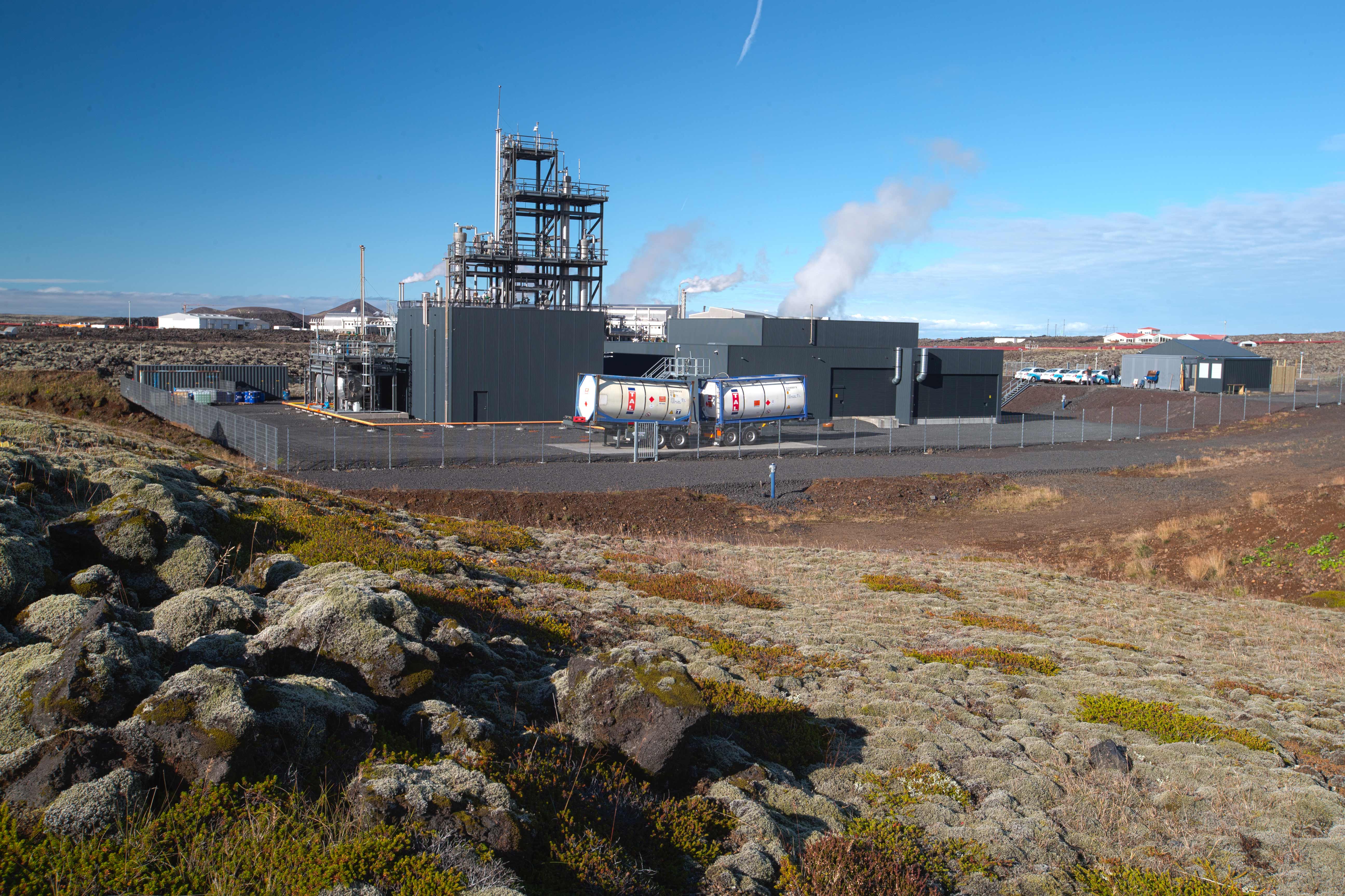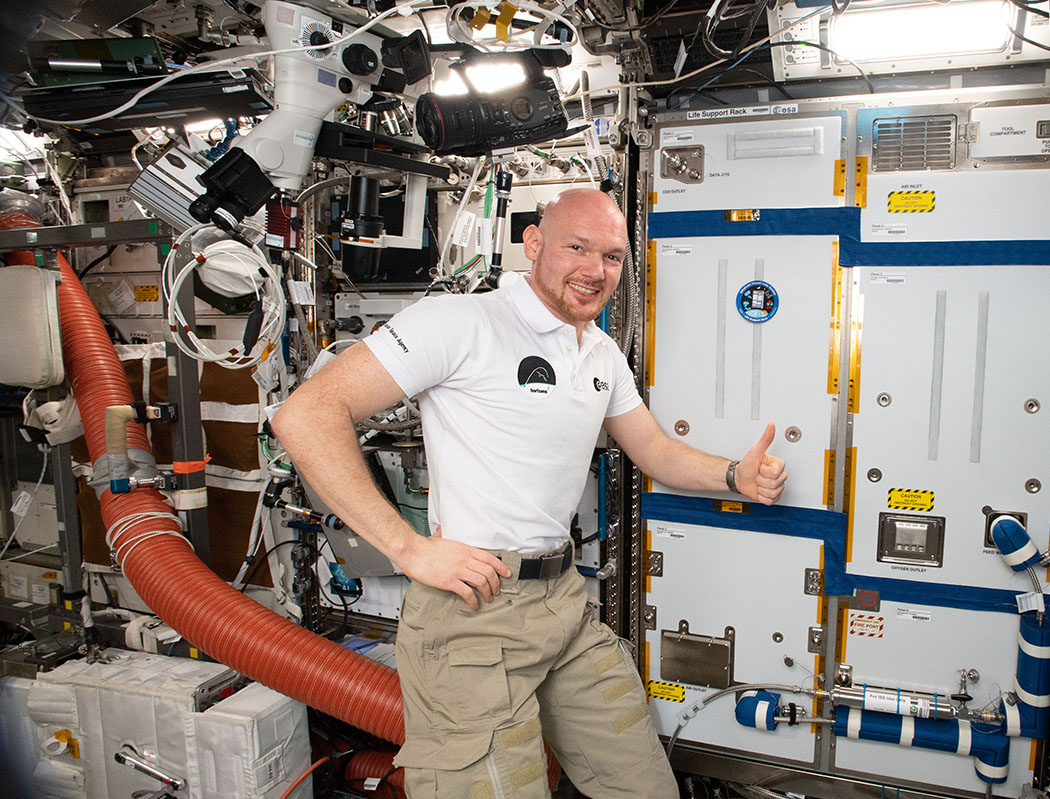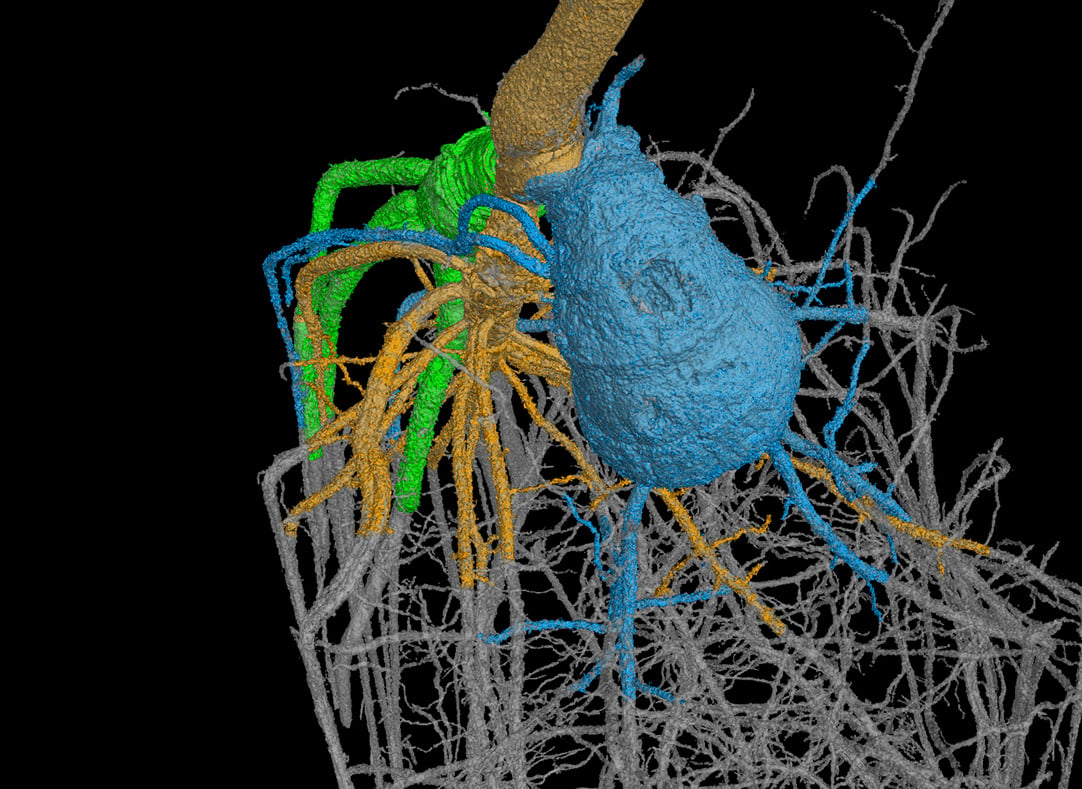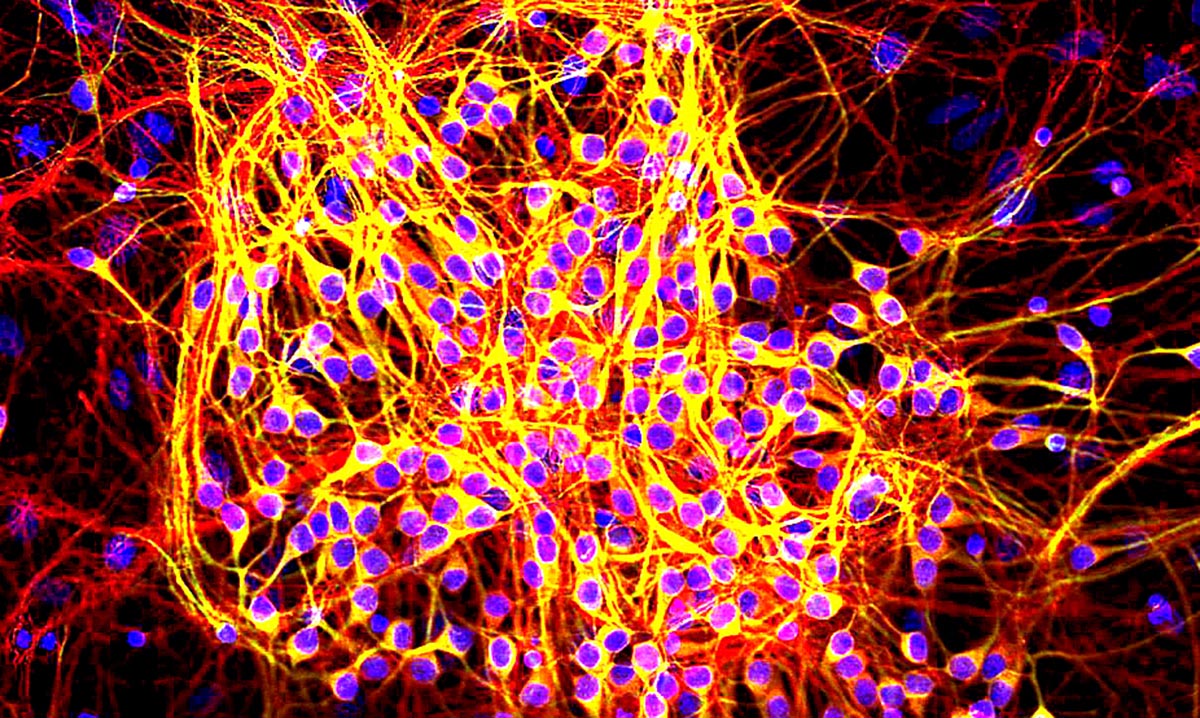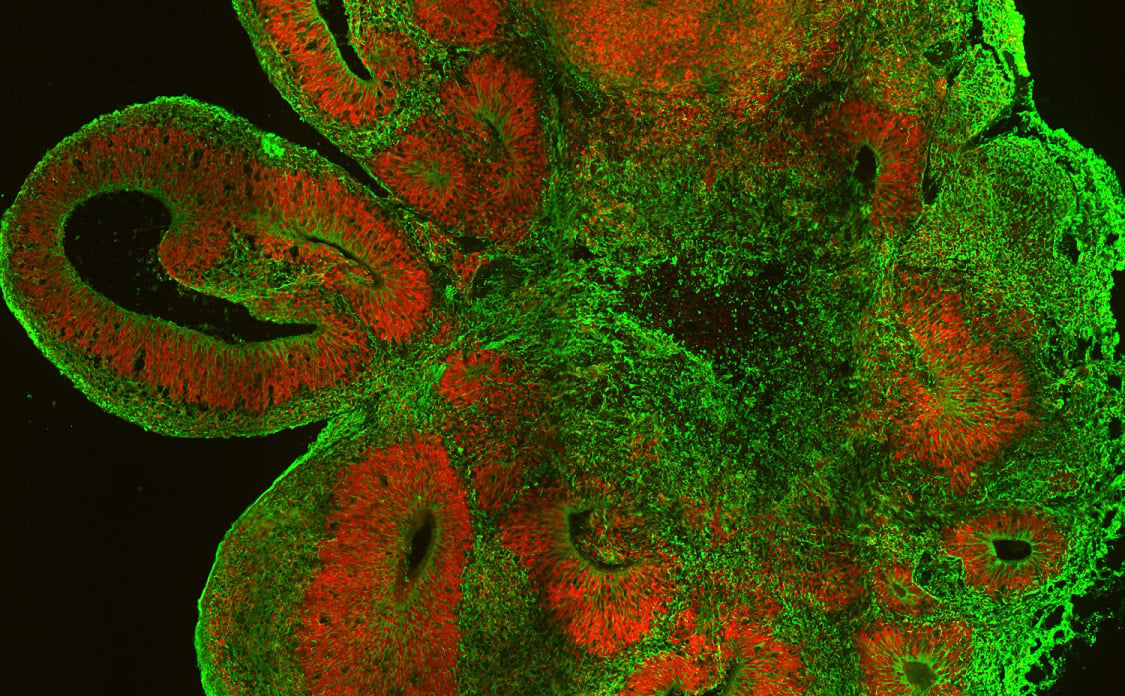Waste CO2 to be turned into ingredients for fuel, plastics and even food
Scientists are ramping up efforts to turn waste CO2 from industry into chemicals such as methanol in a bid to reduce emissions and provide a new source of raw materials for use in fuel, cement and food production. It’s part of a strategy to halt global warming by cutting down the amount of CO2 we … Read more

